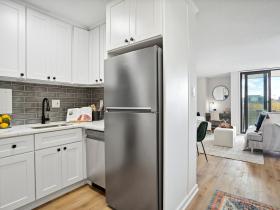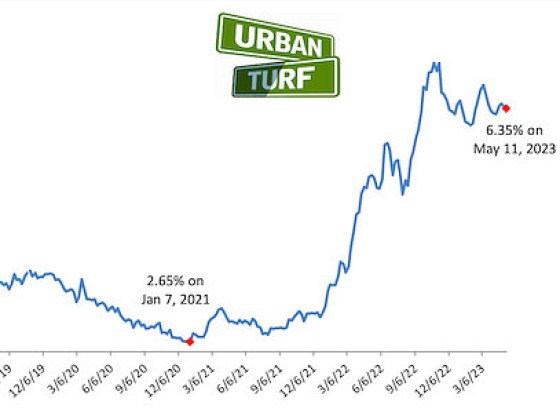What's Hot: The 4 Projects in the Works Near DC's Starburst Intersection | A 153-Room Aloft Hotel Pitched For Mt. Vernon Triangle
 The Week's Find: The Grass House in Anacostia
The Week's Find: The Grass House in Anacostia

Back in 2019, an accessory building in Anacostia made history as the first code-compliant bamboo building on the east coast. Today, UrbanTurf takes a closer look at the unique structure.
The property -- designed by BLDUS for use as an office, guest house or art studio -- sits on the a lot with a 19th century Victorian. Bamboo makes up the structural frame and parts of the interior walls of the 750-square-foot accessory property. While this is not the first property to be built using bamboo, BLDUS used bamboo panels from BamCore, which was the first American company to offer a code-compliant product.
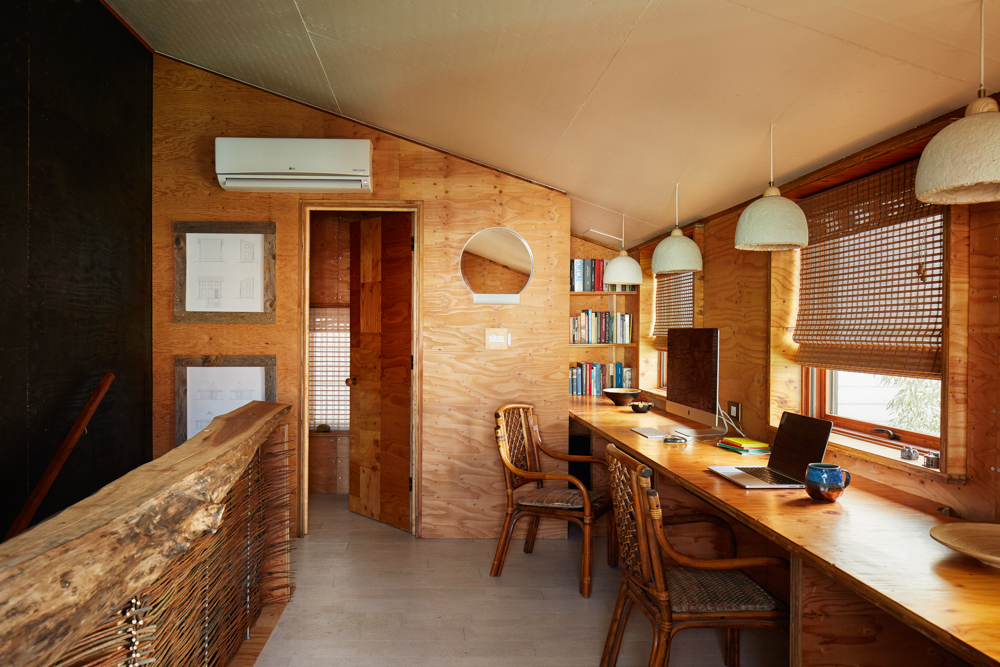
In order to achieve LEED Platinum status, the building also used materials such as sheep's wool, mycelium, cork and various kinds of wood including cedar, cypress and willow. The sheep's wool was used for insulation, while cedar and cypress boards make up the exterior side paneling. Many of the overhead light fixtures were designed using mycelium, a fungal structure.
The lowest level of the bamboo building consists of a large conference room with built-in wood shelving, exposed wooden beams, large below-grade windows, overhead lighting and interior stone walls. Thicketed willow branches serve as a divider up two sets of stairs and Anacostia-sourced mulberry and walnut were used to make the stair handrails and treads. The middle floor offers an entry and a kitchenette area with a sink, cork flooring and cabinet storage. The top floor acts as a loft and includes built-in desk space with wooden planked walls.
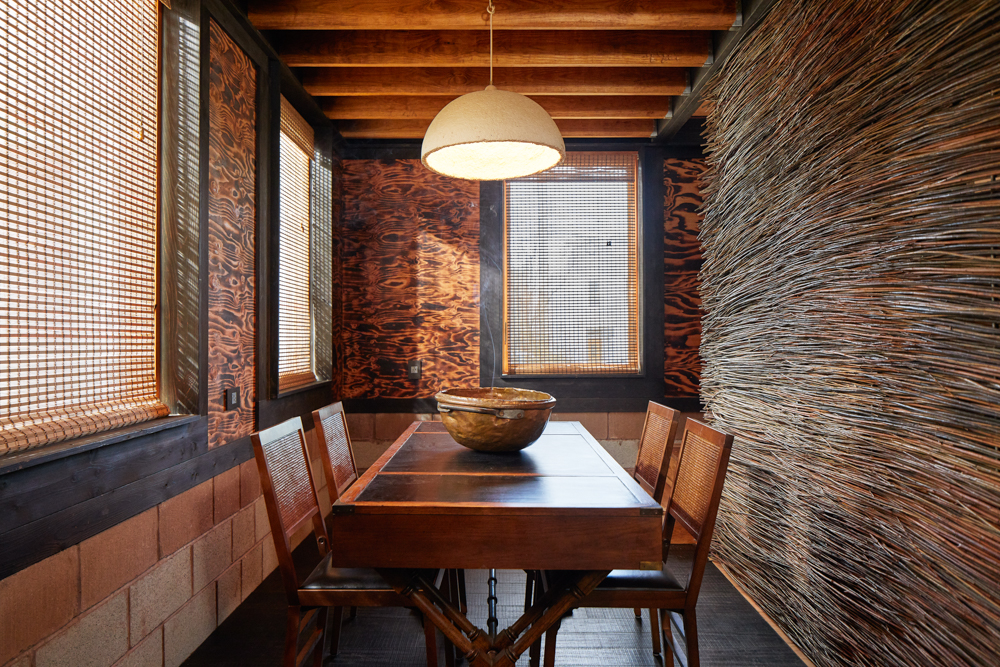
Nicknamed the Grass House, the building plays on the name of the Glass House, which was designed by Philip Johnson in New Canaan, CT and is known for its glass walls.
"The Grass House references the Glass House while bringing natural materials to the forefront and featuring a general transparency of material sourcing rather than fixating on literal transparency," BLDUS architect Andrew Linn said.
To make use of natural resources, the house also collects rain from the roof foundation drainage which is in turn used to water the surrounding sloped garden.
"The Grass House is intended to question what 'clean' and 'healthy' can mean in architecture today and in the future—for humans, for other species, and for the Earth," Linn said.
Photos courtesy of Ty Cole.
See other articles related to: anacostia, bamboo architecture, bldus, this week's find
This article originally published at https://dc.urbanturf.com/articles/blog/this_weeks_find_the_grass_house_in_anacostia/20545.
Most Popular... This Week • Last 30 Days • Ever

In this article, UrbanTurf looks at the estimated annual maintenance costs associated... read »
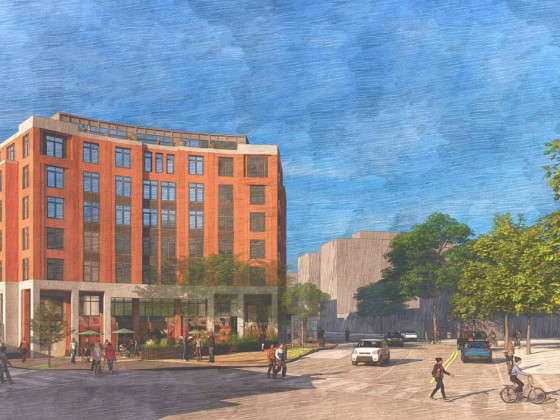
Another concept has been unveiled for one of DC's most contentious development sites,... read »
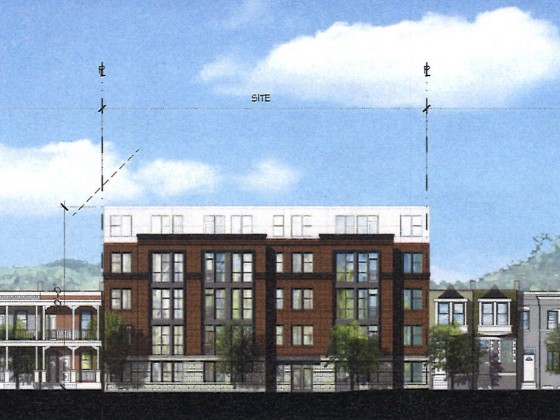
The residential development in the works along Florida Avenue NE is looking to increa... read »
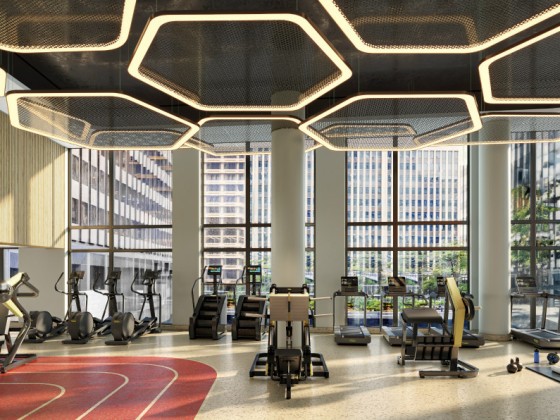
Renter demand has continued to push Class A apartment rents in the DC region up this ... read »

The big news in the development pipeline east of DC's H Street Corridor is the resur... read »
- What Are the Annual Maintenance Costs When You Own a Home?
- A First Look At The New Plans For Adams Morgan's SunTrust Plaza
- 46 to 48: The Biggest Project In Trinidad Looks To Get Bigger
- How Much Did DC-Area Rents Rise At The Beginning of 2024?
- The 4 Projects In The Works Near DC's Starburst Intersection
DC Real Estate Guides
Short guides to navigating the DC-area real estate market
We've collected all our helpful guides for buying, selling and renting in and around Washington, DC in one place. Start browsing below!
First-Timer Primers
Intro guides for first-time home buyers
Unique Spaces
Awesome and unusual real estate from across the DC Metro




